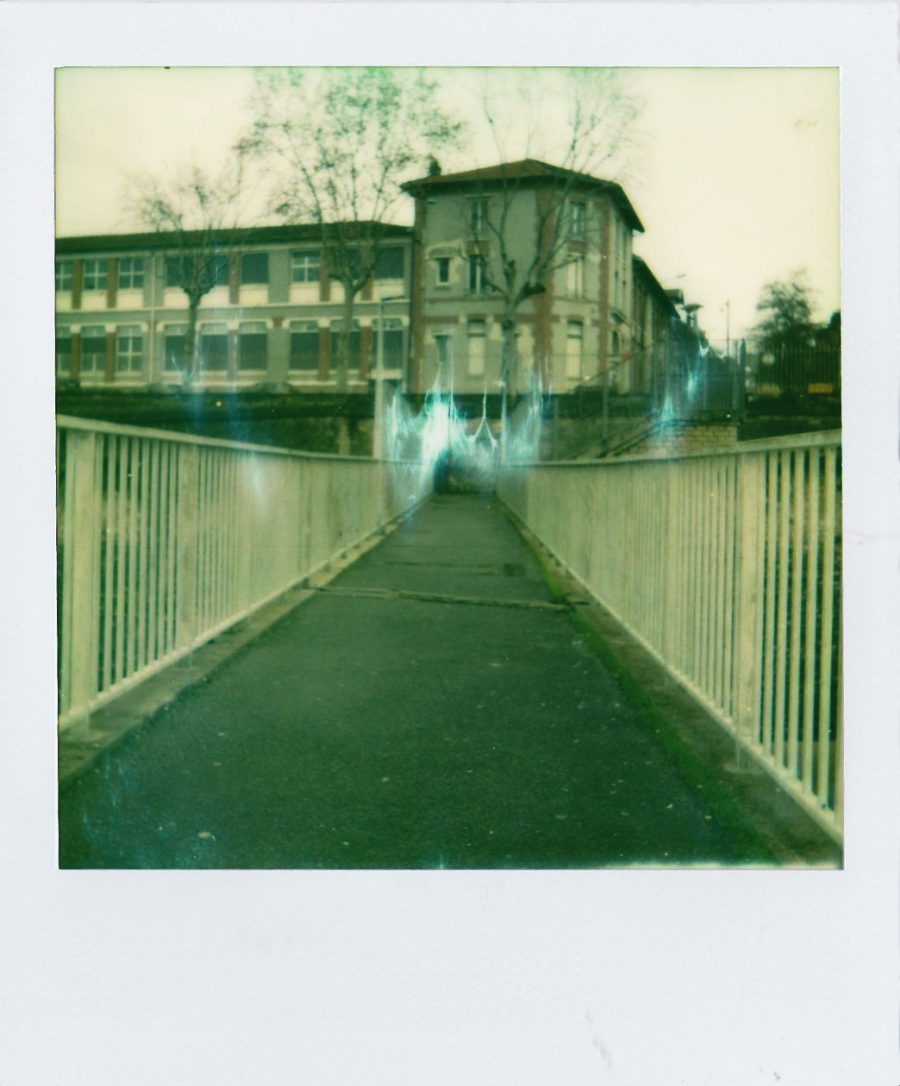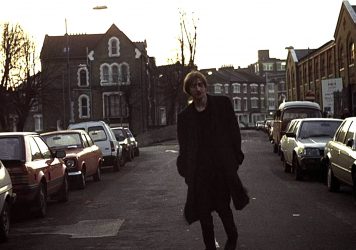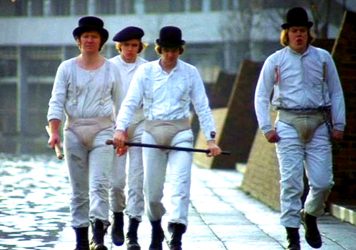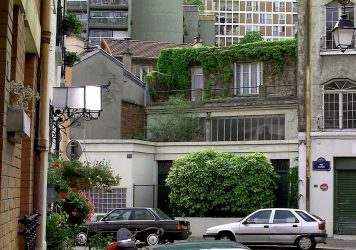
If asked to think of a single image that defines French New Wave cinema, it’s likely that the most common answer would be that of three lovers running across a bridge. The runners are two men and a woman, though the woman is dressed in baggy men’s clothing. They hop and skip in a carefree fashion down some steps towards a narrow walkway above a cacophony of railway lines before sprinting to the opposite end.
The scene is from François Truffaut’s third feature film from 1962, Jules et Jim, and showcases everything that made the Nouvelle Vague a breath of fresh air: youth, energetic camerawork and emotional detail all rendered within an endlessly cool visual style. Another dominate aspect of the Nouvelle Vague, taken in part from the cinéma vérité movement, is the use of real locations over sets, Jules et Jim being typical in its extensive use of a variety of locales.
The film contains one of cinema’s most famous ménage-a-trois. We follow a pair of friends from the film’s title, Jules (Oskar Werner), a shy Austrian writer, and Jim (Henri Serre), an excitable Frenchman. They bond over the arts and both fall madly in love with an ancient statue when on holiday. Meeting Catherine (Jeanne Moreau), who bears a remarkable resemblance to the statue, their relationship variously changes in accordance with Catherine’s volatile behaviour and the world around them.
After the war, which separated the friends, they meet once again in Jules and Catherine’s house in the Black Forest, the pair having had a daughter. Soon things begin to unravel as Catherine not only switches regularly between which of the friends she wants to be with but with other men in the area too. In typical Truffaut style, the film spells amorous tragedy.
Truffaut’s film travels extensively, from Parisian streets to Alpine lodges. But its most effective and enduring moments occur in the French capital, so it only seemed right to scout out one of the city’s locations; the bridge being the most evocative image from the film. Of course, the film’s narrative is really haunted by bridges, and not simply by the one in question.
Under a bridge joined to Quai de Montebello, Catherine jumps into the Seine in her first attempt at suicide (though this may simply be a demonstration of her power over the two men). The relationship at the heart of the film also concludes on a bridge which finalises the ultimate tragedy of the lives on show; the relationship literally drives off a broken a bridge.
However, the scene of the trio running over the walkway is far more optimistic than the film’s other bridges, even if it is still tinted with foreshadows of the melancholy to come. The scenario acts to convey two aspects, the first being Catherine’s unpredictable nature. The trio walk down the steps to the bridge, on which she decides to race them all of the way to the other side. She bolts off ahead before the final count, leaving the two men lagging behind.
Truffaut enmeshes the runners in the physical makeup of the bridge, designed to keep crossers from any possibility of getting down onto the busy train lines snaking out of Gare de Lyon. The bridge is in some ways the destiny of the trio, with no choice available other than to continue on in a straight line to the end.
The other use of the bridge is to show the first burgeoning of the ménage-a-trois.
At the end of the bridge, Catherine asks Jim to help her move her cases the following day rather than Jules. The latter shrugs off the implication of some affection between his friend and the woman he is slowly falling for by distracting with a witty jibe about teaching Shakespeare. But the first signs are there and undoubtedly the three runners are effectively different people from when they first climbed carefree down the steps.

The original Passerelle de Valmy has changed dramatically but, with there still being a footbridge in the same place, I wandered through a wintery Paris in search of it. The steps which the trio walk down start in between Avenue Winston Churchill and Rue Marius Delcher, and descend towards the multitude of train tracks.
However, one set of steps has since been removed with the new bridge clearly being higher to accommodate the increase in trains, wires and tall railway equipment. The metal fencing that enclosed the characters has been removed and replaced with a much lower fence allowing for a particularly industrial, even brutal view out over business parks, factories and other grey buildings huddling around the railway.
After taking the Polaroid, I began to walk to the other side of the bridge before accepting that it would be more in keeping with the spirit of the film to run. In spite of some engineers walking behind me, and perhaps causing them to think I had committed some crime, I sprinted through the winter air to the end, regretting the naive decision a few seconds afterwards and feeling admiration for the trio of the film who kept up the pace to the end.
I caught my breath by the steps, noticing a defunct escalator on one side and the steps which the characters walked down on the other, still close to how they are seen in the film. It was, however, apparent that the Paris Truffaut captured was long gone, hidden beneath grey warehouses, cars and concrete. It was certainly not a bridge for lovers to run across now, star-crossed or otherwise.
Published 10 Mar 2019

By Adam Scovell
Despite the widespread gentrification of east London, this quiet street appears much as it did in 1993.

By Adam Scovell
Visiting the southeast London estate featured in Stanley Kubrick’s 1971 film makes for a dystopian experience.

By Adam Scovell
The Austrian director’s 2005 thriller is built around the mystery of place, as a visit to this Parisian setting revealed.